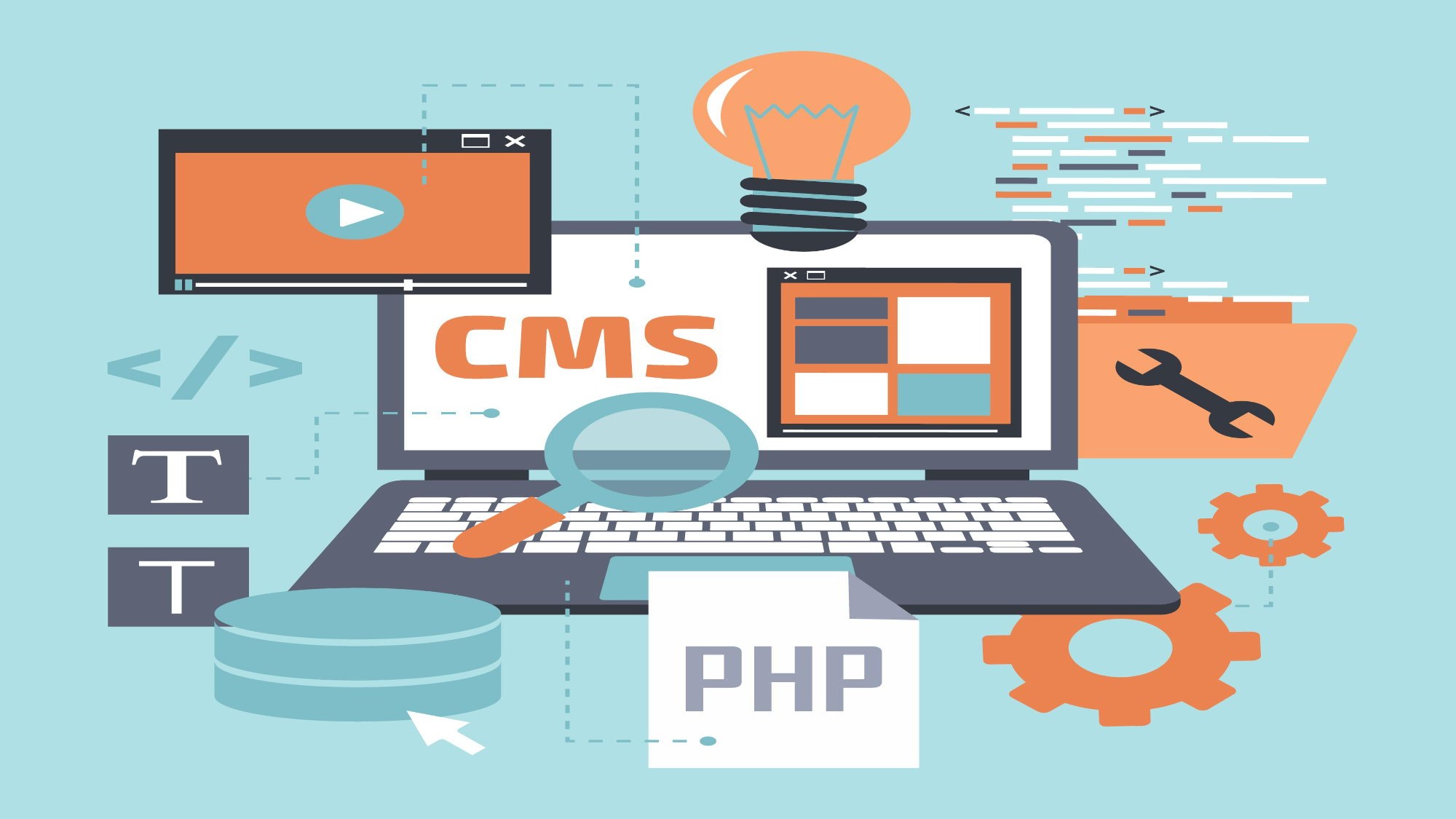In today’s fast-paced digital world, the performance and speed of your website can significantly impact user experience, search engine rankings, and overall business success. As a leading web development company in Lahore, we understand the critical role that website speed plays in retaining visitors and converting them into customers. This comprehensive guide will delve into effective strategies to enhance your website’s performance, ensuring it loads swiftly and operates efficiently.
Understanding the Importance of Website Speed
Website speed is not merely a technical aspect; it directly influences user behavior and satisfaction. Studies have shown that even a one-second delay in page load time can lead to a significant decrease in user satisfaction and conversion rates. Users expect websites to load quickly, and if your site fails to meet these expectations, visitors are likely to abandon it in favor of faster alternatives.
Moreover, search engines like Google consider website speed as a ranking factor. A slow-loading website can negatively impact your SEO efforts, making it harder for potential customers to find your site. Therefore, optimizing your website’s speed is essential for both user experience and search engine visibility.
Key Strategies to Enhance Website Speed and Performance
1. Optimize Images and Media Files
Large image and media files are among the primary culprits behind slow-loading websites. To improve performance, it’s crucial to:
- Compress Images: Use tools to reduce the file size of images without compromising quality.
- Use Appropriate Formats: Choose the right image formats (e.g., JPEG for photographs, PNG for graphics with transparency) to balance quality and file size.
- Implement Lazy Loading: Load images only when they enter the viewport, reducing initial page load time.
By optimizing images and media files, you can significantly enhance your website’s loading speed, providing a better experience for your users.
2. Minimize HTTP Requests
Each element on a webpage, such as images, scripts, and stylesheets, requires an HTTP request to load. A high number of requests can slow down page loading times. To minimize HTTP requests:
- Combine Files: Merge multiple CSS and JavaScript files into single files to reduce the number of requests.
- Use CSS Sprites: Combine multiple images into a single image file and use CSS to display the relevant portion, reducing image requests.
- Eliminate Unnecessary Elements: Remove any unnecessary elements or third-party scripts that increase the number of requests.
Reducing HTTP requests can lead to faster page load times and improved user experience.
3. Leverage Browser Caching
Browser caching allows frequently accessed resources to be stored locally in the user’s browser, reducing the need to fetch them from the server on subsequent visits. To leverage browser caching:
- Set Expiry Dates: Configure your server to set expiry dates for static resources like images, CSS, and JavaScript files.
- Use Cache-Control Headers: Implement cache-control headers to specify caching policies for different resources.
By leveraging browser caching, you can enhance website performance and provide a smoother experience for returning visitors.
4. Optimize CSS and JavaScript
Unoptimized CSS and JavaScript files can increase page load times. To optimize these files:
- Minify Files: Remove unnecessary characters (e.g., spaces, comments) from CSS and JavaScript files to reduce their size.
- Asynchronous Loading: Use asynchronous loading for JavaScript files to prevent them from blocking the rendering of the page.
- Defer Non-Essential Scripts: Defer the loading of non-essential scripts until after the main content has loaded.
Optimizing CSS and JavaScript files can lead to faster page rendering and improved user experience.
5. Choose a Reliable Web Hosting Provider
The performance of your website is heavily influenced by the quality of your web hosting provider. To ensure optimal performance:
- Select Appropriate Hosting Plans: Choose hosting plans that match your website’s traffic and resource requirements.
- Opt for SSD Hosting: Solid State Drives (SSDs) offer faster data retrieval speeds compared to traditional Hard Disk Drives (HDDs).
- Ensure Server Location Proximity: Select a hosting provider with servers located close to your target audience to reduce latency.
A reliable web hosting provider can significantly enhance your website’s speed and performance.
6. Implement Content Delivery Network (CDN)
A Content Delivery Network (CDN) distributes your website’s content across multiple servers worldwide, ensuring faster delivery to users regardless of their location. To implement a CDN:
- Choose a Reputable CDN Provider: Select a CDN provider with a robust network and good performance history.
- Configure CDN Settings: Set up your website to serve static resources through the CDN.
Implementing a CDN can reduce latency and improve load times for users across different geographical locations.
7. Monitor and Analyze Website Performance
Regular monitoring and analysis of your website’s performance are crucial for identifying and addressing potential issues. To monitor performance:
- Use Performance Testing Tools: Utilize tools like Google PageSpeed Insights, GTmetrix, or Pingdom to assess your website’s speed and performance.
- Analyze Metrics: Regularly review key performance metrics such as load time, Time to First Byte (TTFB), and Largest Contentful Paint (LCP).
By monitoring and analyzing website performance, you can proactively address issues and maintain optimal speed.
Conclusion
As a leading web development company in Lahore, we understand the importance of website speed and performance in delivering an exceptional user experience and achieving business success. By implementing the strategies outlined above, you can significantly enhance your website’s performance, leading to improved user satisfaction, higher search engine rankings, and increased conversions.
If you’re looking to optimize your website’s speed and performance, our team at Web Development Company is here to assist you. Contact us today to learn more about our services and how we can help you achieve your digital goals.
FAQs
1. How can I test my website’s speed?
Utilize tools like Google PageSpeed Insights, GTmetrix, or Pingdom to assess your website’s speed and identify areas for improvement.
2. What is the ideal loading time for a website?
Aim for a page load time of under 3 seconds to ensure a positive user experience and minimize bounce rates.
3. How does website speed affect SEO?
Search engines consider website speed as a ranking factor; slower websites may rank lower in search results.
4. Can a Content Delivery Network (CDN) improve website speed?
Yes, a CDN can reduce latency and improve load times by serving content from servers closer to the user’s location.
5. What role does web hosting play in website performance?
A reliable web hosting provider ensures fast data retrieval speeds and minimal downtime, contributing to better website performance.



